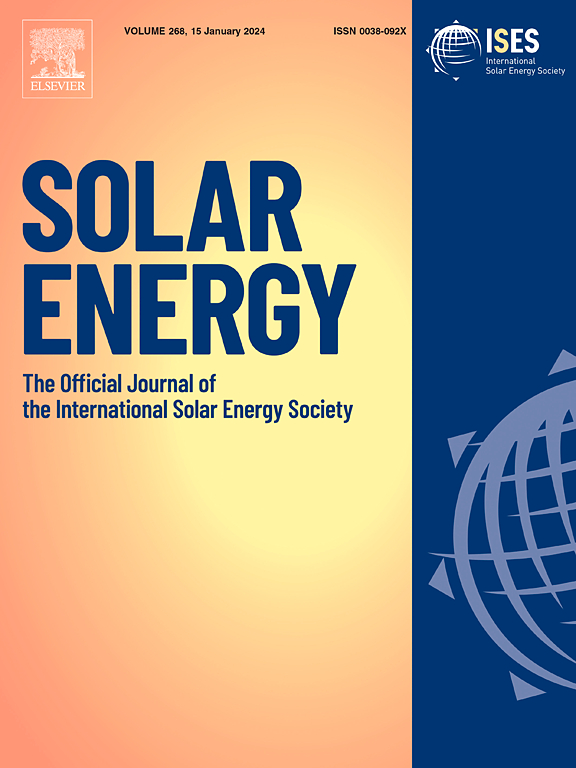High-efficiency dye-sensitized solar cell based on carbon nanotubes-modified molybdenum nitride nanoparticles counter electrode
IF 6
2区 工程技术
Q2 ENERGY & FUELS
引用次数: 0
Abstract
Dye-Sensitized Solar Cell (DSSC), as a type of solar energy conversion device, represent an effective approach to promote renewable energy and address the energy crisis. In this study, molybdenum oxide (MoO2) was synthesized using a straightforward hydrothermal method with multi-walled carbon nanotubes (MWCNT), followed by the preparation of molybdenum nitride (Mo2N@CNT) through a nitridation process. The study examined the effects of the nitridation process on the catalytic performance of counter electrode (CE) by analyzing the morphology, electrochemical properties, and photoelectric conversion efficiency of the composite material.
The results of electrochemical and optoelectronic performance tests demonstrate that the material has excellent I3− reduction and dye regeneration capabilities, and has better conductivity and stability after nitridation process. When Mo2N@CNT was employed as the CE, the resulting DSSC achieved higher photovoltaic conversion efficiency (PCE = 8.39 %), which was higher than that of DSSC based on commercial platinum CE (PCE = 7.26 %). These findings suggest a promising direction for the development of efficient CE catalysts.

求助全文
约1分钟内获得全文
求助全文
来源期刊

Solar Energy
工程技术-能源与燃料
CiteScore
13.90
自引率
9.00%
发文量
0
审稿时长
47 days
期刊介绍:
Solar Energy welcomes manuscripts presenting information not previously published in journals on any aspect of solar energy research, development, application, measurement or policy. The term "solar energy" in this context includes the indirect uses such as wind energy and biomass
 求助内容:
求助内容: 应助结果提醒方式:
应助结果提醒方式:


